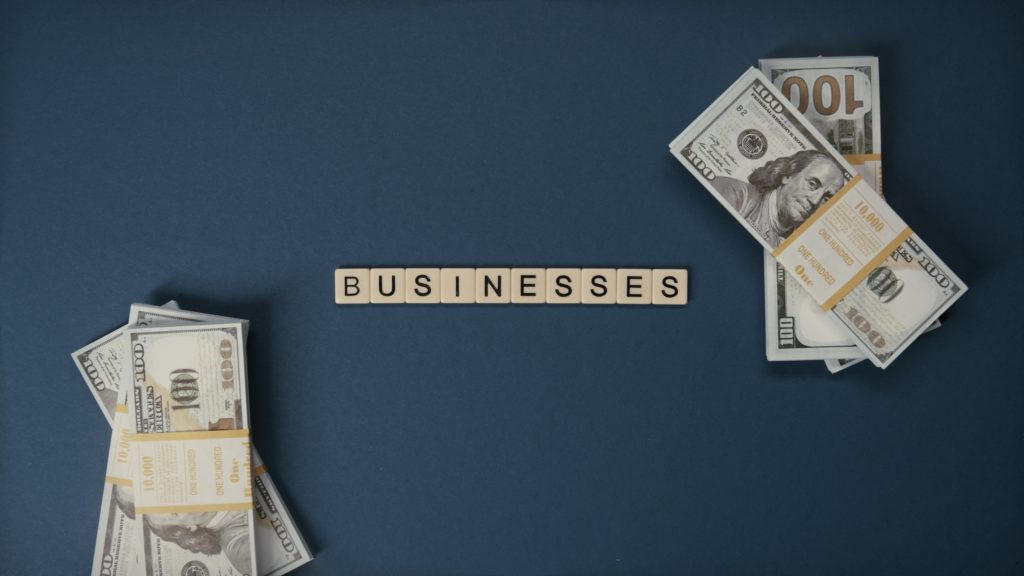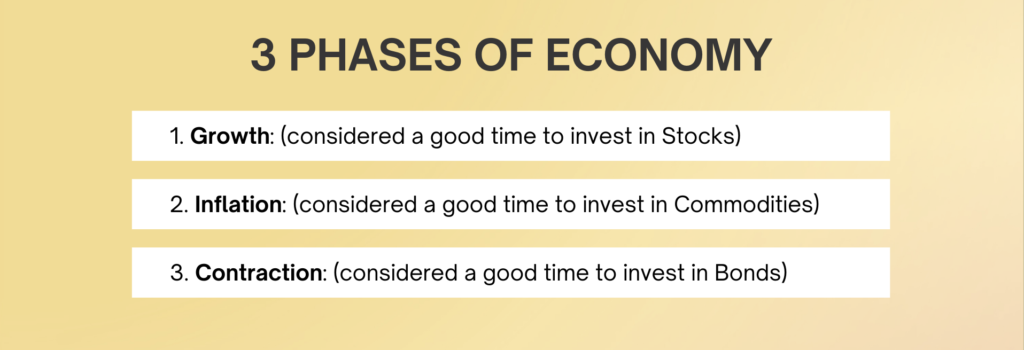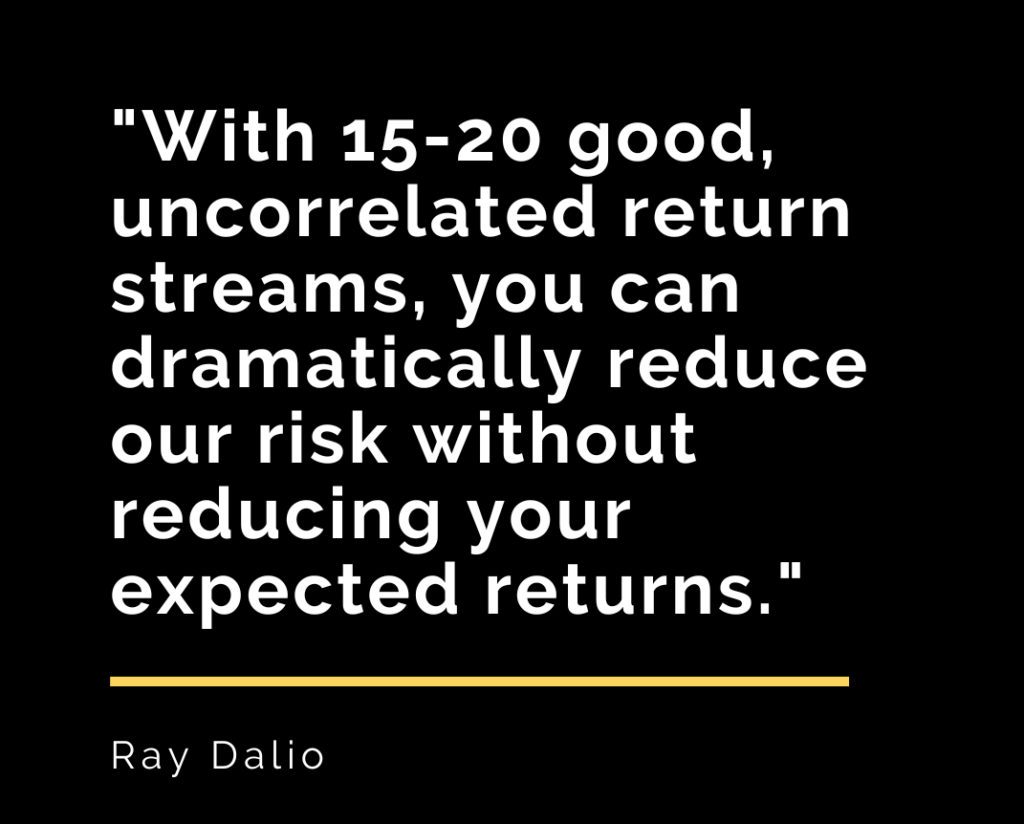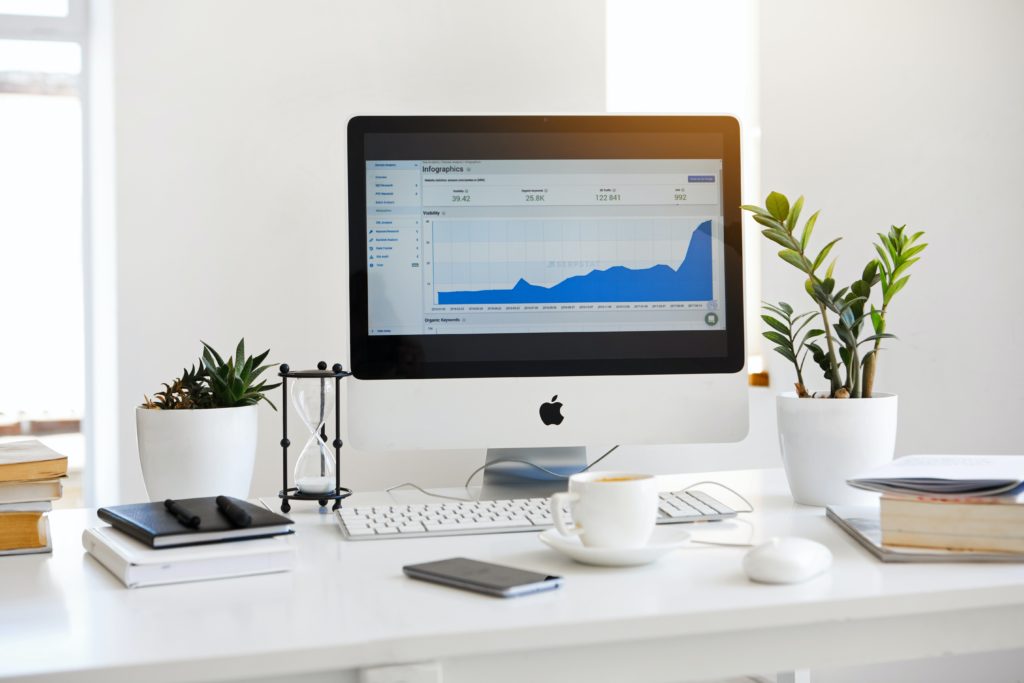Become a Better Trader
Become a Better Trader
Trading as a side hustle is easier and more likely to be successful now than ever before. Part time traders now have access to information, tools, and market analysis unlike anything else in history. Their biggest struggle isn’t access to information…it’s knowing which information is actually useful as they seek to gain market profits.
Hopefully the Battle Plan and your initial work with your student counselor has helped you begin to understand how you can become a more consistently successful trader, who sees and profits from opportunity in a way that is both consistent, repeatable, and predictable.

During this time of learning, we hope to expose you to many ways of looking at the markets and finding the data you need to execute your individually tailored trading process. This series of lessons will discuss how the market works on a fundamental level and how you may be able to profit from a new way of finding trading ideas.
As you explore these concepts, our hope is that in addition to learning new things, you’ll also learn to be more confident in yourself as a trader and less emotional to the daily shifts in market prices. Hopefully this information will help you sift through the daily flow data and help you know where to focus, what to ignore, and how you can follow your own trading process to achieve your own financial objectives.
Today’s Portfolio Manager
The first ETF ever created tracked the S&P 500. It was created in 1993. ETFs, in general, were designed to replace expensive mutual funds as a vehicle for providing individual investors a safer and passive way to participate in the stock market.
Today there are more than 7,100 ETFs trading globally. ETFs are now available that track everything from broad market indexes to niche sectors and even alternative asset classes. Well funded hedge funds, pension funds, endowment funds, and professionally managed accounts of high net worth individuals all contribute to the power and influence of the modern portfolio manager. Combined, these funds control trillions of dollars.
One way to gain a trading edge is to get an insight into how these portfolio managers think and to work to mimic their approach. Generally these managers analyze the market through the lens of both the business and economic cycle.

The progression of these cycles through a series of phases represents the movement and flow of all resources in the United States and the world. In their effort to gain a trading edge and to maintain proper diversification, the modern portfolio manager closely tracks these cycles and seeks to identify the current position of the market within them. Their understanding of the cycles guides their investment decisions and flow of money into and out of various opportunities.
Understand that cycles are difficult to track and don’t follow a mechanical, evenly defined curvature; despite what is often depicted on graphics showing the various phases of a cycle. That said, the U.S. economic cycle is generally measured by various reports from official governmental agencies, such as the Federal Reserve, the Treasury Department, or the Department of Labor.
These reports are all carefully watched and professionally analyzed by these fund managers. Or rather, they have entire staffs devoted to helping them do so. They use this data to help them pinpoint which of the three general phases the economy might be in. These three phases are:
- Growth: (considered a good time to invest in Stocks)
- Inflation: (considered a good time to invest in Commodities)
- Contraction: (considered a good time to invest in Bonds)

As we’ll discuss in more detail during later lessons, the market shift into a new phase isn’t as easily identifiable as a car shifting into a new gear. The shifts from phase to phase are not easy to see. The market is not an engine exactly calibrated and all moving together to produce thrust. Instead, the market is made up of millions of individuals making decisions about where to allocate their resources.
These decisions are made by humans who each have biases, blind spots, and a messy quagmire of needs, greeds, and fears. So despite the availability or amount of governmental reports, widely reported world news, or the performance of individual sectors, it can be difficult to pinpoint exactly where in a cycle the economy might be.
The effort to determine exactly where in the economic cycle we are right now is further complicated by the inter-related and frequently interconnected economies of countries and economic blocks around the world. Multi-national companies spread investment dollars and pull resources from some countries even as they ship finished goods to other countries around the world. Any hiccup in one economy can have a difficult-to-fully-define ripple effect on economies across the world.
That said, individual make decision based on their outlook for the future. These individuals might control governments, large companies, small companies, or individual households. If these individuals have a positive outlooks, they’ll likely invest more aggressively, eventually driving an inflation phase. If their outlook is negative, they’ll more likely invest less aggressively, hoard their resources and prepare for economic downturn, which actually drives a contraction phase.

Those individuals who learn how to navigate today’s flood of market data and mimic the investment decisions of large portfolio managers can find tremendous opportunities.
Each Asset Class Has Its Own Cycle
There are seven main asset classes tracked by professional fund managers:
- Stocks
- Futures
- Commodities
- Bonds
- Real estate
- Cash
- Digital currencies
Professional fund managers make use of all these asset classes to increase opportunity without increasing risk. While large funds may choose to invest directly into these asset classes, the individual investor may not have the means or opportunity to do so.
The nice thing about the explosion of Exchange Traded Funds (ETFs) is that at ETF can be found which tracks specific groupings of assets. An informed, part-time trader can use these ETFs to focus their research to quickly find opportunities likely to become profitable by the decisions of portfolio managers.
Ray Dalio, founder of Bridgwater Associates: the world’s largest hedge fund, stated, “With 15-20 good, uncorrelated return streams, you can dramatically reduce our risk without reducing your expected returns.” He went on to say that proper diversification costs nothing and could increase the return to risk ratio by a factor of five without being exposed to unacceptable losses.

Studies have shown that up to 94% of the variation of investing performance can be explained by strategic allocation decisions. Professional fund managers spend a great deal of time and money getting access to and closely studying economic reports, the CEOs of large companies, and the political situation in countries throughout the world in addition to the performance and shifting of both the economic and business cycles.
The Market Influence of Professionally Managed Funds
It is estimated that 82% of trading volume in the U.S. markets comes from professionally managed funds and large successful investors such as Warren Buffett, Ray Dalio, and others. Yet, the share of individual investor money pouring into the market has never been higher. Unfortunately many of these new investors approach the markets thinking more about how much money they can (or need to) make and don’t spend enough time to build a complete trading process.
Anyone who finds consistent market success and ultimately achieves their financial goals have done so by exercising enough discipline to follow a trading process. They don’t try to control the outcome of individual trades. Instead, they learn about and then control the other things that help them achieve consistent success.
One of these levers of control is known as a trading edge. While not the only determinant of investing success, it is an important component. Because of the size of large funds, and the difficulty they have of getting into or out of positions quickly, they usually find trading edge in two areas:
- The resources they can put into carefully monitoring a cycle as it progresses through its stages
- Closely monitoring asset correlation and rebalancing as needed

With the technology and information available today, even traders with smaller accounts can replicate a similarly well-diversified and successful investing approach. This means using ETFs to track performance and perhaps also as vehicles for diversifying into multiple lightly or negatively correlated asset classes and using a well-considered asset allocation strategy like that suggested by Ray Dalio.
Those with smaller accounts may feel like they don’t have enough money to fully diversify without reducing their individually placed investment capital so much as to be effectively worthless. This might be true for those will very small accounts.
That said, ETFs can still be a great resource for tracking cycles and finding trade ideas.
Our hope is to give you simple tools you can use to filter through the emotionally charge market messaging so prevalent today to find good trading ideas in a consistent and repeatable way.
